It’s “Draft Season” for 2018 Planting
Soybean variety selection is the first important decision you make, and seed companies take this very seriously. I don’t know about you, but I have a house full of sports fans, so when we start talking about a soybean line-up I often think of it as a “soybean sports team.” Every team manager (or company) is going to have a different strategy as well as different needs, but in the end the goal of a seed company is to strengthen their soybean line-up with improvements that meet customer standards and yield expectations. Thanks to weed resistance, the reality when [...]
WEBINAR: Managing P and K on Soybeans by Soil Test Level, Yield Expectation and Water Quality
Potash Corp. Director of Agronomy Robert Mullen discusses management techniques for phosphorus (P) and potassium (K) in soybean production. Mullen says it’s important to have a holistic plan that factors in all macronutrients. Key Takeaways Understanding P and K Chemistry o What happens in soil? 99.9% of P and K in the soil is not able to be utilized Soil tests focus on Exchangeable K to measure adequate potassium Soil tests focus on Absorbed P to measure adequate phosphorus o How does soil testing work? Lab tests flood samples with ammonium to show an estimate of Exchangeable K Dissolved [...]
Rolling Soybeans
Some growers roll soybeans, but should you consider it? This practice started in western Minnesota and the Dakotas. Growers would roll fields after planting to push rocks and stones back into the ground and level out the field. It made harvesting and hitting higher yields easier because the heads could be run close to the surface and cut more pods. But over the years this practice has morphed into rolling beans a bit later, after emergence, to increase branching and pod set. On a soybean plant, the growing point is at the top of the plant. This growing point [...]
No-Till Soybean Production Tips
A lot of soybeans are no-till in the U.S. and across the Corn Belt. However, in regions with flat, black dirt some growers are still utilizing conventional tillage to warm and dry the soil more quickly in the spring, before planting soybeans. Could these growers practice no-till on those soybean fields? Probably. But to do that will require tighter management and full utilization of the tools available to make it work—which is true for all no-till situations. Agronomist Ed Winkle wrote a booklet, “Growing High Yield No-Till Soybeans,” and summarized his tips for successful no-tilling. The booklet was published [...]
Nominate a CCA for the Soybean Master Adviser Award
Do you know an experienced Certified Crop Adviser (CCA) who has a passion for soybean management? Nominate him or her for the annual Soybean Master Adviser award, presented by the Illinois Soybean Association (ISA) checkoff program. The award is part of ISA’s effort to recognize CCAs for their contribution to soybean production in Illinois. This is the second year the award has been given. CCA Kris Ehlers with Ehler Bros. was the first recipient. Interested Illinois CCAs whose certification is active, and involved in soybean management can be nominated. The award will be presented to the winning CCA at [...]

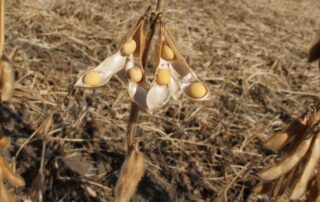
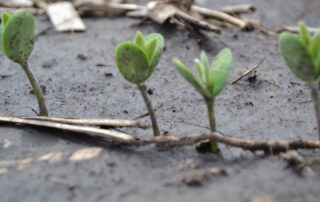
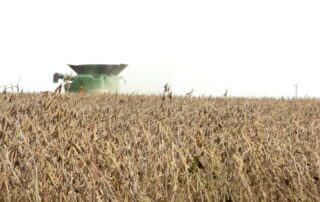
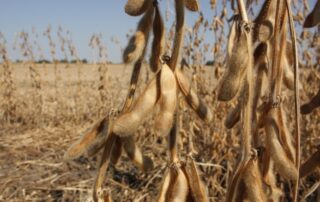
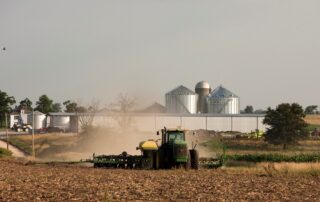



 and then
and then